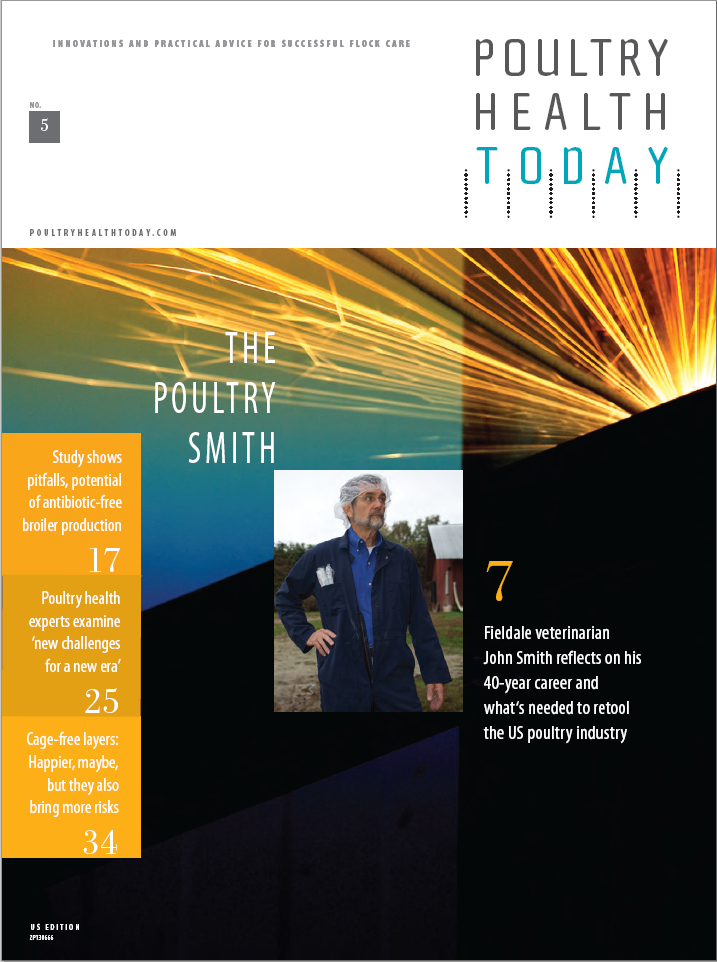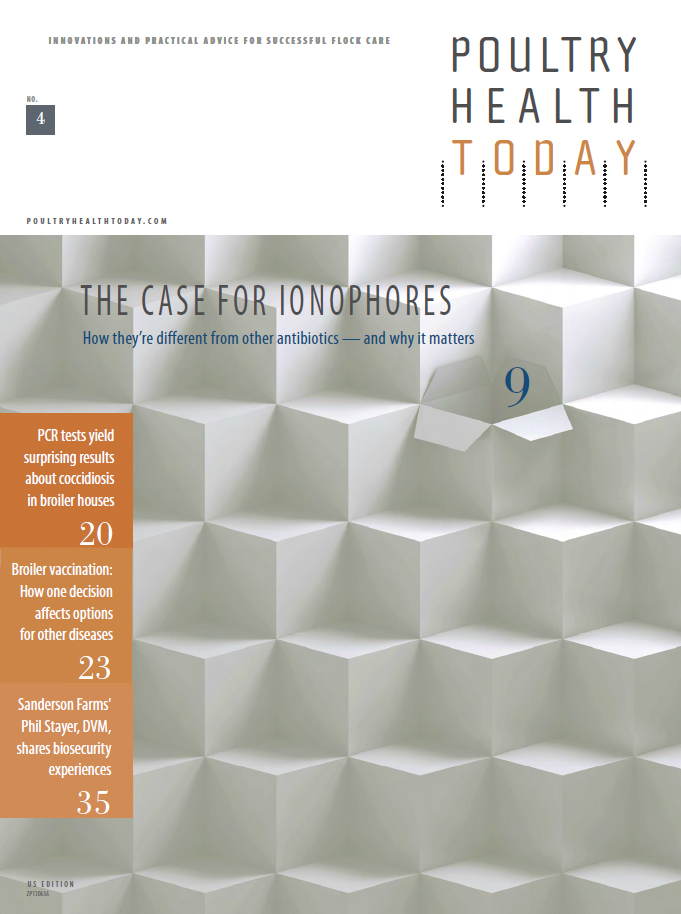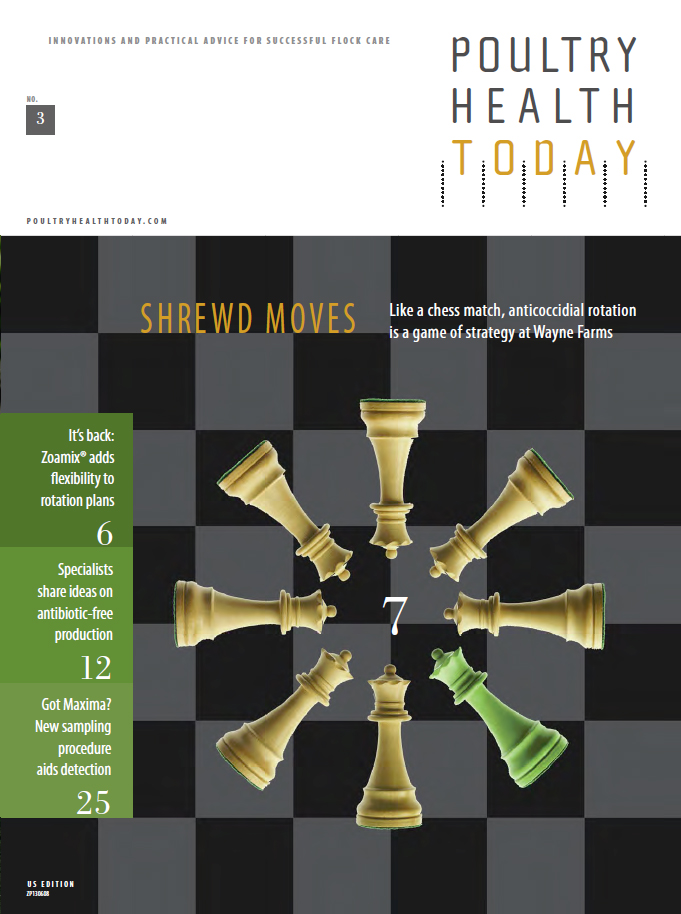

Methods of diagnosing enteric disease clarified

Diagnosing clostridial enteric disease in poultry remains a challenge — primarily because many clostridial species can be a normal inhabitant of the gut, which makes it difficult to determine their role in virulence.
According to scientists at the University of California-Davis2, the success of the poultry industry hinges on healthy intestinal tracts and effective feed conversion, and that "enteric disease in poultry can have devastating economic effects on producers due to high mortality rates and poor feed efficiency."
The most common clostridial enteric disease is necrotic enteritis, caused by Clostridium perfringens and typically seen in broilers. The diagnosis is based on clinical and pathological findings. Negative culture and toxin-detection results could be used to rule out this disease, but isolation of C. perfringens and/or detection of its alpha toxin are of little diagnostic value because both are often found in the intestine of healthy birds, the investigators continue.
Ulcerative enteritis, caused by Clostridium colinum, is the other major clostridial enteric disease of poultry. Diagnosis is made by documenting typical pathological findings, coupled with isolation of C. colinum from the intestine of affected birds, they say.
Additional clostridial enteric diseases include infections produced by Clostridium difficile, Clostridium fallax, and Clostridium baratii, say Kerry K. Cooper and colleagues in the May 2013 issue of the Journal of Veterinary Diagnostic Investigation.
More Issues













